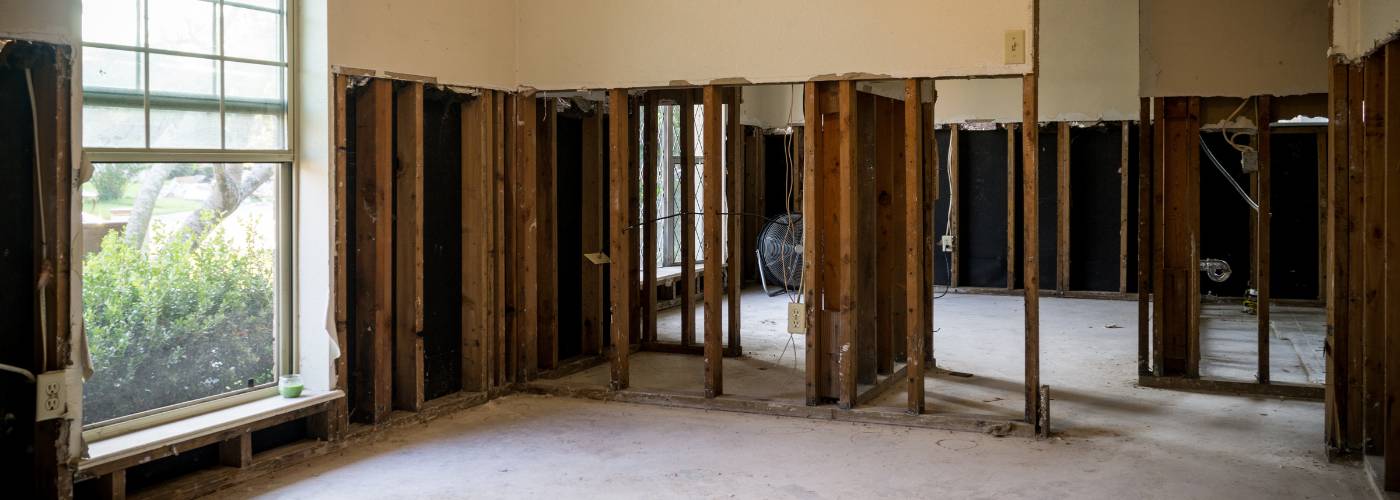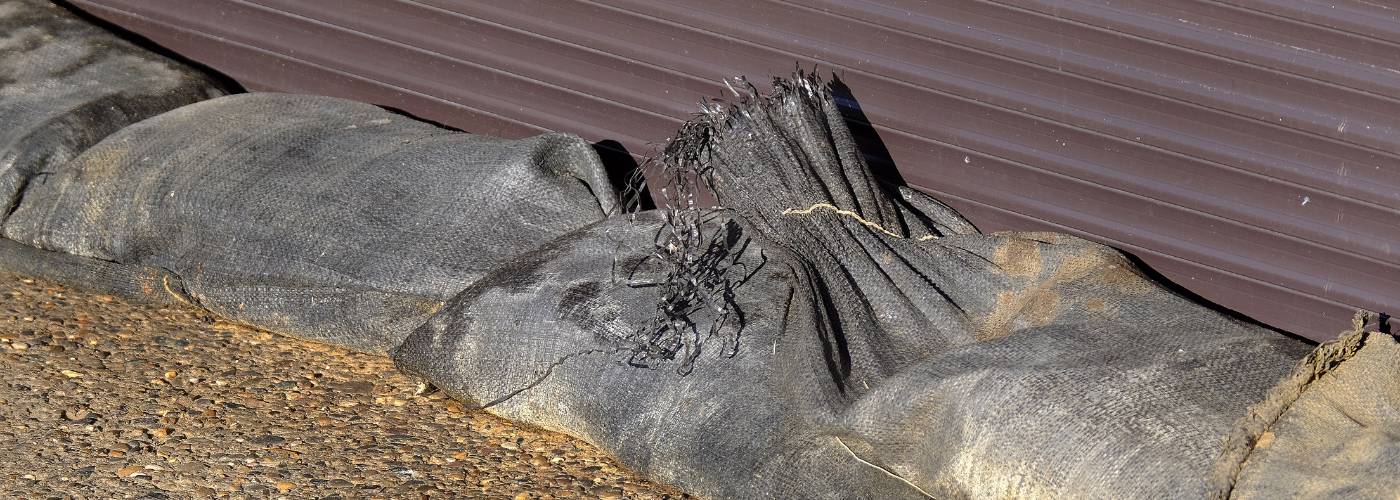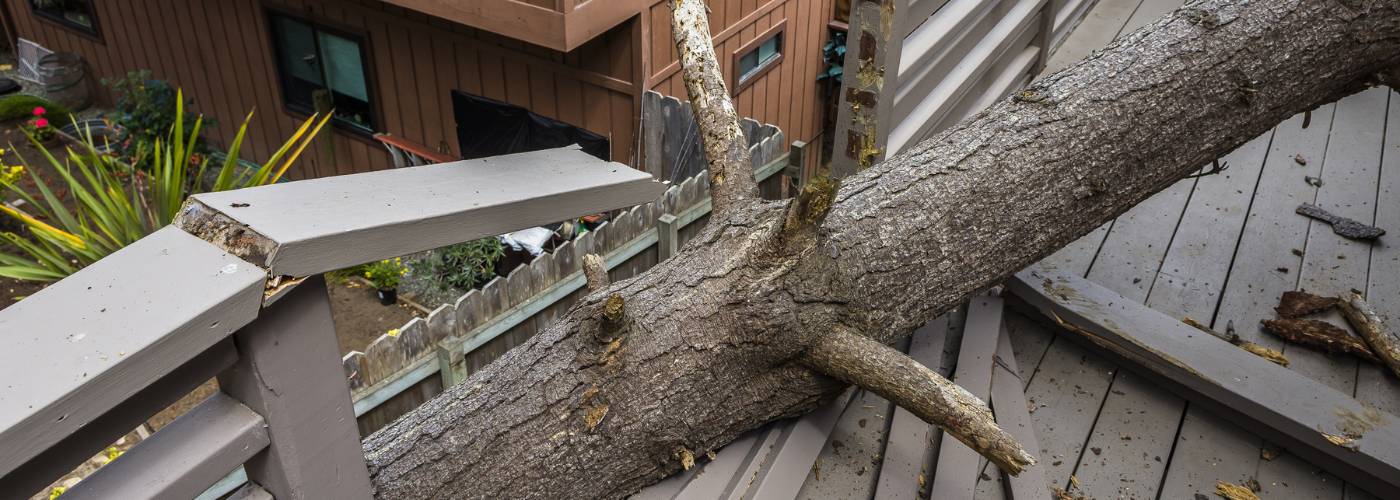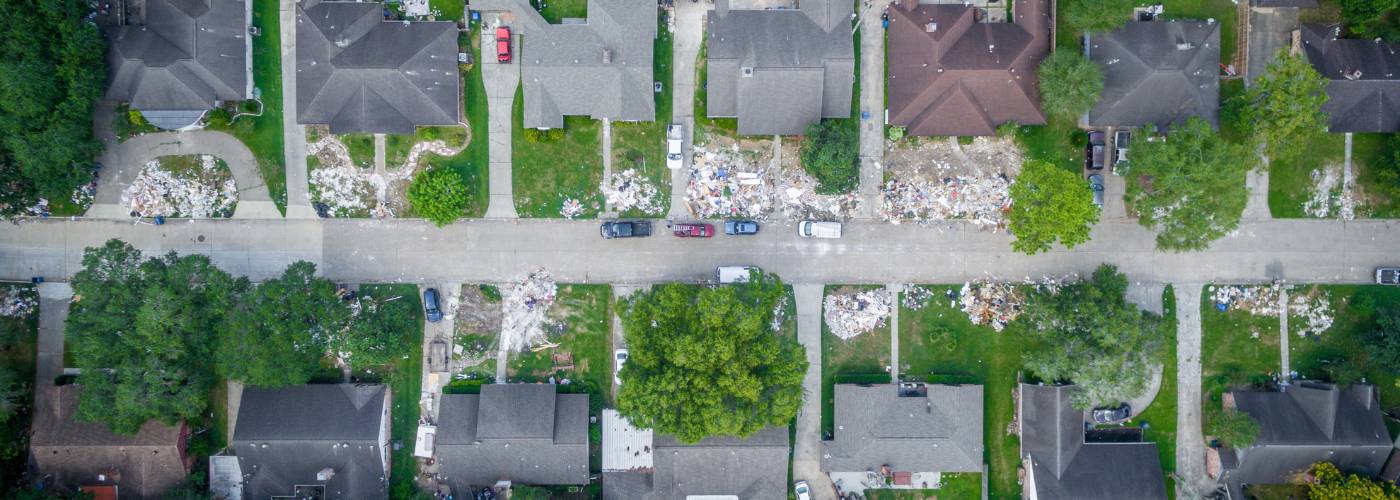Basics To Storm Damage Cleanup, Storms can cause a considerable amount of damage, leaving individuals and businesses struggling to clean up the mess. Whether you have been affected by a hurricane, tornado, hail storm, or severe thunderstorm, it is important to know the basics of how to best approach storm damage cleanup.
Knowing these steps can ensure that you are able to minimize further destruction while properly restoring your property back to its pre-storm condition.
How Do I Repair A Water Damaged House?

If your home has been damaged by water, it can be a very stressful and frustrating experience. When wondering how to repair a water-damaged house, it is important to first assess the extent of the damage, then determine what steps should be taken to restore your home to its original condition. Knowing how to handle the situation quickly and efficiently will make the repair process smoother and faster.
The most important step in repairing a water-damaged house is identifying the source of water intrusion. It could be from an overflowing sink, broken pipes, or even an external flood event. After assessing where the water came from you’ll need to decide if you can handle repairs on your own or if it’s necessary to hire professional services.
If you choose DIY repairs, check for any standing water and use fans and dehumidifiers for drying out affected areas.
What Do You Do To Reduce Water Damage During A Flood?

Floods can cause devastating damage to homes and businesses, with water causing significant damage when it enters the building. But there are several steps homeowners and business owners can take to reduce the likelihood of water damage during a flood.
The first step is to prepare ahead of time. Make sure your home or business is properly sealed; check for any cracks in walls or foundations that could allow water to enter, and seal them up if possible. Also consider investing in waterproofing products for areas like basements or crawl spaces, which are more prone to flooding.
Additionally, consider moving valuable items from lower floors up higher in the building as a precautionary measure.
Another key step is to be proactive during a flood event by diverting water away, from your home or business as much as possible.
What Is The Storm Restoration Process Like?

The storm restoration process can be a complex and lengthy ordeal. It’s important to understand the steps involved in order to ensure your property is restored correctly, quickly, and safely. The following outlines the basic stages of a typical storm restoration project.
Once a storm has passed and damage has been assessed, an insurance adjuster will need to evaluate the property in order to determine what repairs are needed and how much they will cost. Once these details have been established, the contractor can begin work on restoring the property back to its pre-storm condition.
This may include repairs such as replacing broken windows, repairing siding or shingles that were blown away during the storm, and removing trees and debris from yards or driveways.
Next, any damaged electrical systems need to be inspected by a qualified electrician prior to being repaired or replaced.
What Are The Different Classes Of Storm Water Damage?
Storm water damage can cause extensive damage to our homes and businesses. It is important to understand the different classes of stormwater damage, so you can plan accordingly for a potential natural disaster.
The first class of stormwater damage is flash flooding. Flash floods occur when there is an overflow of water from creeks, rivers, or streams. That causes an unexpected rush of large amounts of water into low-lying areas. This type of flooding can be very damaging and dangerous. It has the power to wash away structures and roads in its path.
The second class of stormwater damage is called riverine flooding. This type of flooding occurs when large volumes of excess rainwater flow over the land. Instead of being absorbed by the soil as normal precipitation would be.
In conclusion, storm damage can be incredibly difficult to clean up. The key is to take the proper steps and follow safety protocols to handle the situation. It is important to remember that post-storm cleanup can be dangerous. And should not be attempted without proper protective gear and equipment.
Additionally, it’s a good idea to assess the damage with an expert before beginning any cleanup work. Finally, it’s essential to remain vigilant. Pay attention to any signs of further danger or potential hazards in the damaged area.


